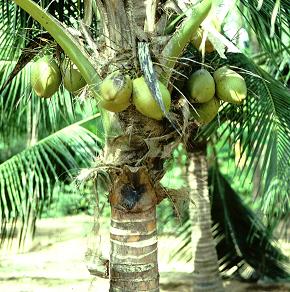 |
|
|||||||||||||||||||||||||||||||||||||||||||||||||||||||||
|
Coir
industry’s failure to compete other natural and synthetic products is because it lacks improved product range, high
production cost for these cheap products, unstable raw material price, absence of product designing and verities. Coir fiber
has high potential to compete woolen carpet provided explored to develop fiber for usage of tuft and loom carpets. Sisal with
more shine and brightness has already taken over coir matting so final customer would prefer better at same price. Rather
competition has resulted sisal products cheaper in the international market. Therefore, this industry has to switch over to
value added products. Purpose of this site is to provide educational material to students of social studies.
This site has photo illustrations to the students and to others For students the carpet, rug weaving photo illustrations
is very useful for their education and study topics of traditional art and crafts, poverty, handloom/ handicrafts and
employment creation, developing countries and employment opportunities, Handloom and power loom crisis, ethnic designing and
civilization arts & crafts. Students and all others are free to refer and copy the pictures to their topics or personal
use. This topic is also useful for research on crisis of handloom weavers. Also is a glimpse to consumers of carpet/ rugs,
weaving tradition and history when one buys handmade rugs means one contributes to save the world employment in own way. Illustration of Carpet and rug weaving and dyeing process. Buy carpets and rugs onlineHome furnishing Retailers in America, Canada, Europe and U.K
|
||||||